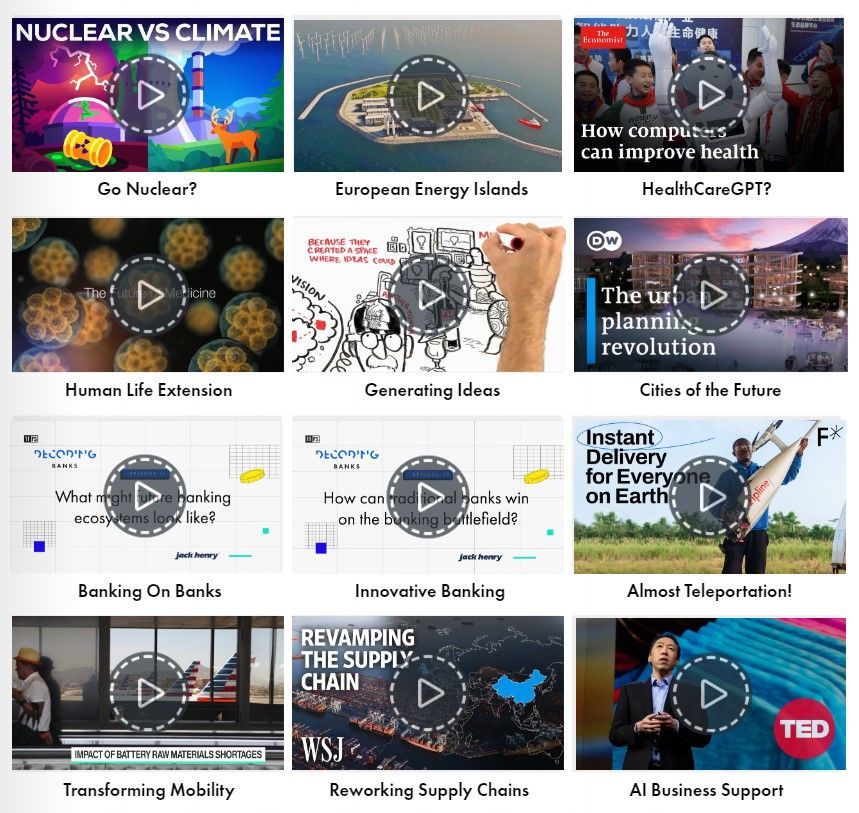1MG FlippingBooks
CAPTURING INNOVATION
Dean Pearson
How can we track progress in innovation if we do not have something to measure it against? Dean Pearson and the team at NAB has been following businesses since 2016 in an innovation index.

In business, innovation can seem like an abstract concept, yet it is common across the entire sector. Many business owners innovate continuously, but few perceive themselves as innovators or call what they do “innovation”. In fact, a vast majority of business owners underestimate their own level of innovation, and therefore do not consider Australia to be a “highly” innovative country.
This view is particularly prevalent among very large firms and can shape their view of Australia’s short- and medium-term economic outlook. Most businesses also view the culture of innovation within their industry sector as being much weaker than within their own business. Importantly, highly innovative firms are typically more optimistic about Australia’s future and their own business conditions.
While traditional indicators of innovation – R&D spending, patent filings, labour-force skills, broadband accessibility, startups, collaborations between business and higher education – add to our understanding, they often underestimate innovation by skewing results in favour of large businesses with a structured approach. NAB’s Behavioural Economics team sought to develop a new proxy by breaking down the key drivers of innovation to construct the NAB Business Innovation Index. Derived from a survey of around 1700 Australian businesses, the annual index is based on the extent to which firms have made improvements that led to greater efficiency and cost savings.
In 2020 we saw innovation ratings tumble to all-time survey lows amid widespread supply chain and cashflow disruptions, forced business closures and labour shedding in the wake of COVID-19. Businesses often opted to do nothing rather than make drastic or rapid change, a phenomenon known as status quo bias. Many business owners also considered past choices to be safer based on the principle of loss aversion, which infers that the pain derived from losses is greater than the joy derived from gains. However, the overall index masked some fundamental changes in the way many Australian businesses were operating and adapting.
Examples of pandemic-driven pivots included:
- cabinet makers producing plastic protection shields
- tech companies providing “ibots” to assist call centres in managing higher volumes
- motels becoming quarantine centres
- real estate agents conducting online auctions
- distillers producing hand sanitisers
- pharmacies using mobile terminals to take prescriptions to customers’ homes.
While overall innovation fell during the pandemic, the index highlights the ingenuity businesses have shown in adapting to a post-virus world.
Necessity is clearly the mother of invention: some of the sectors hit hardest by the pandemic, such as Recreational and Personal Services, Accommodation and Cafes and Restaurants, were among the most innovative. The research suggests small businesses innovate more than they realise, with a break point of energy and dynamism occurring at around ten years of operation.
Innovation can be “radical” (the development of a transformative new business, product and/or process) or “incremental” (an improvement to an existing product, service or process), with the latter being much more extensive among SMEs and more likely to go unreported. While innovation can have a strong, positive impact on business performance, the most innovative firms tend to be at opposite ends of the spectrum.
In high-performing firms, innovation is often accompanied by capital investment that diffuses it throughout the organisation and drives further growth. Large businesses typically innovate to drive growth and revenues, while SMEs are more likely to be motivated by differentiating their business, widening their customer base, managing change and responding to key trends.
The research also revealed certain culture-building benefits of innovation. Innovation is strongest in firms with strong leaders. Other key factors driving a culture of innovation include embracing new technology, execution, customer focus and vision. SMEs with a strong culture of innovation tend to foster a high level of stakeholder involvement. Also at the heart of a thriving innovation culture are imperatives such as knowing their markets and customers, undertaking constant process reviews, learning from failure, and stoking passion and drive.
Relatively few businesses, though, have well-developed processes or structures in place to prioritise the approval and funding of innovation projects. Funding is also critical; SMEs are most likely to self-fund their innovation activities, whereas newer businesses generally source their funds from government grants, crowdfunding or family and friends. Finally, most SMEs have an immature approach to innovation measurement – a requirement to sustain high levels of systematic innovation.
Dean Pearson is the Head of Behavioural and Industry Economics at NAB. He has over 25 years of experience in analysing the economy both in Australia and globally.
















